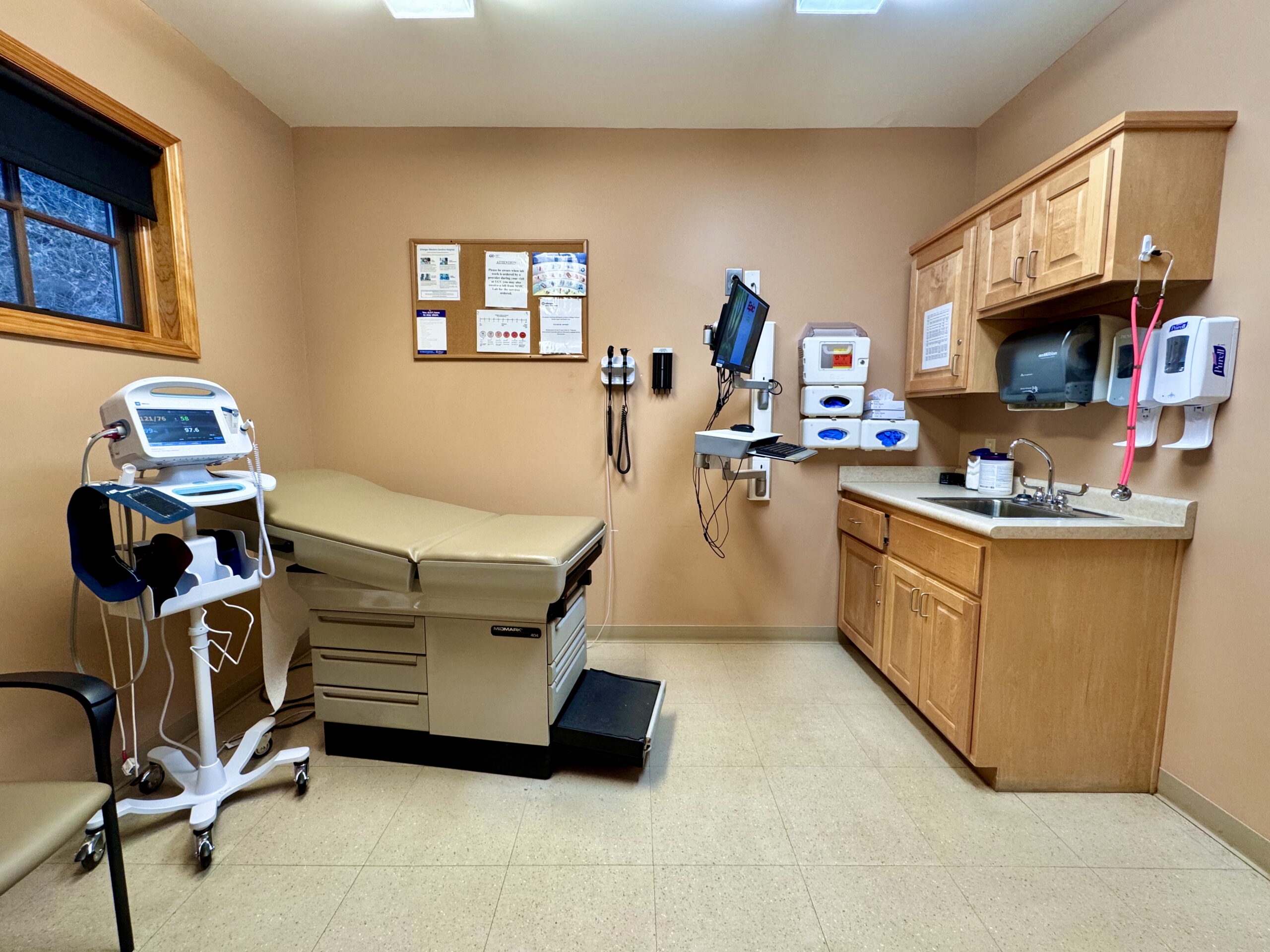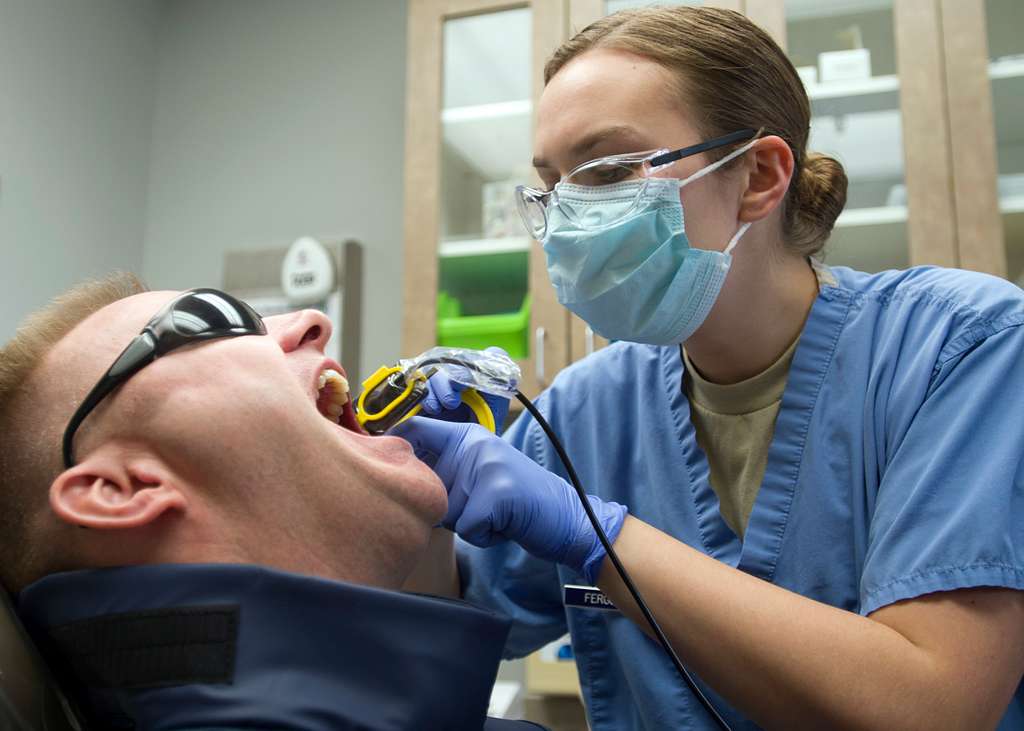The world of healthcare can often feel like you’re trying to decode a complex puzzle without the picture on the box. The good news is, armed with a bit of savvy and some creative strategies, you can take meaningful steps to reduce those daunting medical expenses without sacrificing care. From understanding your insurance to making the most of every doctor’s visit, these practical tips will have you feeling more in control of your healthcare costs. So, whether you’re managing a chronic condition or just planning for the unexpected, here’s how you can shrink those healthcare bills and keep more money in your pocket.
1. Get to Know Your Insurance Policy

Understanding the ins and outs of your health insurance policy is crucial for minimizing expenses. Many people overlook the fine details, which can lead to unexpected charges. Start by reviewing your policy’s coverage limits, co-pays, deductibles, and any out-of-network restrictions. According to a study by the Commonwealth Fund, a significant percentage of insured adults are underinsured, often because they don’t fully understand their policy details. Familiarizing yourself with these aspects helps you avoid surprises and plan better for upcoming healthcare needs.
If you have any questions about your policy, don’t hesitate to call your insurance provider for clarification. Sometimes, the jargon can be overwhelming, but most providers have customer service representatives who can walk you through the details. Knowing which services require pre-authorization can save you a lot of hassle and unexpected costs. You should also check if your insurance covers telehealth visits, which can often be more affordable. A clear understanding of what your policy covers ensures you’re making the most of your insurance benefits.
2. Use Generic Medications

Opting for generic medications over brand-name drugs is a simple and effective way to slash your pharmacy bills. Generic medications contain the same active ingredients as their brand-name counterparts and are equally effective. They can cost up to 85% less, according to the FDA. Always ask your doctor or pharmacist if a generic version is available for your prescription. This small change can lead to significant savings over time, especially if you take long-term medications.
It’s important to note that not all medications have generic versions, but many of the most commonly prescribed drugs do. Your doctor can provide guidance on whether a generic will work for your treatment plan. If a generic isn’t available, inquire about alternative medications that might be more affordable. Some pharmacies also offer discount programs for specific drugs, which can further reduce costs. Being proactive about your prescription options can lead to substantial savings.
3. Compare Prices for Procedures

Shopping around might sound more like a tactic for buying a car than scheduling a medical procedure, but it can really pay off. The cost of medical procedures can vary dramatically between providers, even within the same city. A report from Healthcare Bluebook highlights the stark differences in prices for common procedures, urging consumers to do a bit of research before committing. Call different hospitals and clinics for quotes on the procedures you need, and don’t hesitate to negotiate prices. Armed with this information, you can make an informed decision that might save you a lot of money.
Consider using online resources that provide transparency in healthcare pricing. Websites like GoodRx or Fair Health Consumer can give you a ballpark figure on what you should be paying. This information is especially useful if you’re seeking treatment out of network or if you’re uninsured. Remember, in healthcare, higher cost does not always mean higher quality. Doing a bit of legwork beforehand empowers you to make cost-effective healthcare decisions.
4. Review Your Medical Bills Carefully

Errors in medical billing are surprisingly common and can lead to overcharges on your account. Always request a detailed bill to understand exactly what you’re being charged for. It’s essential to scrutinize each line item and ensure you’re only being billed for services and medications you actually received. If you spot any discrepancies, contact the billing department of the healthcare provider immediately to resolve the issue. This simple step can prevent you from overpaying and keep your healthcare costs more manageable.
Sometimes, medical bills contain terminology that is difficult to understand. Don’t hesitate to ask for clarifications on any terms or charges that seem unclear. It’s also worth noting that some charges might be negotiable, especially if you’re paying out of pocket. Hospitals and clinics often have financial assistance programs or payment plans that can ease the burden. By being vigilant and proactive about your bills, you can avoid unnecessary expenses.
5. Take Advantage of Preventive Care

Preventive care is a proactive way to head off potential health issues and the costs that come with them. Many insurance plans cover preventive services such as annual physicals, screenings, and immunizations at no additional cost to you. According to the Centers for Disease Control and Prevention, regular preventive care can significantly decrease the risk of developing serious health problems. Schedule these appointments as they arise, and make sure you’re in tune with your health. Not only can this save money, but it also promotes a healthier, more informed lifestyle.
Preventive care isn’t just about catching problems early; it’s also about maintaining overall wellness. Discuss any health concerns with your doctor during these visits to address issues before they escalate. Often, doctors can provide advice on lifestyle changes that may prevent costly treatments in the future. Keeping an ongoing dialogue with your healthcare provider ensures you’re not only responsive to health problems but also proactive. Taking full advantage of these services can lead to both better health and reduced medical costs.
6. Use Telehealth Services

The rise of telehealth services has transformed the way people access medical care, often at a lower cost. With telehealth, you can consult with healthcare providers from the comfort of your home, saving time and travel expenses. Many insurance plans now offer coverage for virtual visits, which can be particularly beneficial for non-emergency situations. Telehealth can be especially convenient for follow-up appointments or minor illnesses, where a physical visit isn’t necessary. By utilizing these services, you can keep your healthcare costs down while still receiving quality care.
Telehealth is not only about convenience but also about efficiency. It allows for quicker access to specialists who may not be available locally. This can be a game-changer if you need advice on managing a chronic condition or obtaining a second opinion. Additionally, telehealth can provide a platform for accessing mental health services, which are often in high demand. Exploring telehealth options is a smart way to balance cost, accessibility, and the quality of care.
7. Plan Ahead for Emergencies

Unexpected medical emergencies can be financially draining, but planning ahead can mitigate their impact. Setting aside an emergency fund specifically for medical expenses provides a financial cushion when the unexpected happens. Financial expert Suze Orman recommends having at least three to six months’ worth of expenses saved up for emergencies. This planning allows you to focus on recovery rather than financial stress. Starting with small, regular contributions to your fund can build up over time and offer peace of mind.
It’s also wise to familiarize yourself with the nearest in-network emergency facilities. Knowing where to go in an emergency can save you significant out-of-pocket costs. Additionally, understanding what your insurance covers in terms of emergency care can prevent surprises. Some policies may require higher co-pays for out-of-network services even in emergencies, so knowing this in advance helps. A bit of preparation today can protect you from financial hardship tomorrow.
8. Ask for Cash Pay Discounts

When it comes to medical bills, sometimes cash really is king. Some healthcare providers offer discounts for paying cash upfront, as it reduces their administrative burdens and guarantees immediate payment. If you know you’ll be footing the bill yourself, it’s worth asking if a cash pay discount is available. Negotiating a lower rate in exchange for cash payment can lead to substantial savings. This approach is particularly useful for services not covered by insurance, making it a worthwhile conversation to have with your provider.
In addition to cash discounts, inquire about any available payment plans. Many hospitals and clinics are open to setting up payment arrangements that split your bill into manageable monthly payments. This can alleviate the immediate financial burden while ensuring you receive necessary care. Remember, healthcare providers prefer to receive some payment rather than none, so they’re often willing to work with you. The key is to communicate openly and seek the best financial arrangement for your situation.
9. Look for Community Health Programs

Community health programs often offer affordable or even free healthcare services, providing a valuable resource for those on a tight budget. These programs might include free clinics, low-cost vaccination drives, or health screenings for various conditions. They are typically funded by government grants or non-profit organizations dedicated to improving public health. By participating in these programs, you can access necessary healthcare without the hefty price tag. It’s worth researching what’s available in your area and taking advantage of these opportunities.
Keep an eye out for health fairs or community events that offer free screenings or health education. These can be excellent opportunities to learn more about your health and catch any potential issues early. Even if you have insurance, these programs can supplement your healthcare and provide additional resources. Many organizations also offer educational workshops to help you understand how to maintain a healthy lifestyle. By tapping into these resources, you can support your health without breaking the bank.
10. Utilize a Health Savings Account (HSA)

A Health Savings Account (HSA) is a powerful tool for managing healthcare expenses, offering both savings and tax advantages. If you have a high-deductible health plan, you’re eligible to open an HSA. Contributions to this account are tax-deductible, and you can use the funds tax-free for qualified medical expenses. An HSA not only helps you save for current medical costs but can also be invested for future healthcare needs. Exploring this option can provide both immediate savings and long-term financial benefits.
Be strategic about your HSA contributions to maximize your financial benefits. Contributing the maximum allowed each year can significantly reduce your taxable income. Additionally, any unused funds roll over year after year, allowing your savings to grow. The ability to invest your HSA funds means they can increase over time, further offsetting future medical expenses. Utilizing an HSA is a smart way to combine healthcare savings with tax advantages to manage your medical expenses effectively.
11. Participate in Wellness Programs

Many employers offer wellness programs with incentives that can help reduce your healthcare costs. These programs might include discounts on gym memberships, free fitness classes, or rewards for meeting certain health goals. By participating, you not only improve your health but also potentially earn financial benefits. Check with your employer to see what’s available and how you can take advantage of these offerings. Integrating wellness activities into your routine can lead to healthier habits and lower medical expenses over time.
Wellness programs often include health assessments, which can provide valuable insights into your health status. This information can guide you in making lifestyle changes to prevent more serious health issues. Participating in these programs also connects you with resources and support that can enhance your well-being. Some programs offer coaching or counseling services, which can be beneficial for maintaining mental health. Embracing these opportunities can help you focus on preventive care and avoid higher healthcare costs down the line.
12. Get Regular Dental and Eye Exams

Routine dental and eye exams are crucial components of preventive healthcare that shouldn’t be overlooked. Regular check-ups can catch issues like cavities or vision deterioration early when they’re easier and cheaper to treat. Many insurance plans cover annual dental cleanings and eye exams, so make sure to take advantage of these benefits. Even if you don’t have coverage, regular visits can prevent costly procedures in the future. Prioritizing these check-ups helps maintain your overall health and prevent larger bills down the road.
Neglecting dental or vision care can lead to serious problems that affect your quality of life. Oral health is linked to various systemic conditions, including heart disease and diabetes, making dental care essential. Similarly, eye exams can detect signs of chronic diseases such as diabetes or hypertension. By addressing these issues early, you minimize the risk of developing more serious and costly health problems. Keeping up with these regular exams is a wise investment in both your health and your wallet.
13. Consider Alternative Therapies

Exploring alternative therapies can sometimes provide cost-effective options for managing health conditions. Practices such as acupuncture, yoga, or chiropractic care can complement traditional treatments and potentially reduce the need for more expensive medical interventions. Some insurance plans even offer coverage for these services, making them more accessible. Research the effectiveness and credibility of any alternative therapy you’re considering to ensure it’s a viable option for your health needs. Incorporating these therapies into your healthcare routine might lead to better outcomes and lower costs.
Discuss alternative therapies with your healthcare provider to ensure they align with your overall treatment plan. They can offer insights into the potential benefits and risks, as well as recommend reputable practitioners. Integrating these therapies can enhance your well-being and help manage chronic pain or stress. Many people find that combining traditional and alternative treatments provides a more holistic approach to their health. By being open to different methods of care, you can discover new ways to improve your health while keeping expenses in check.
This article is for informational purposes only and should not be construed as financial advice. Consult a financial professional before making investment or other financial decisions. The author and publisher make no warranties of any kind.








